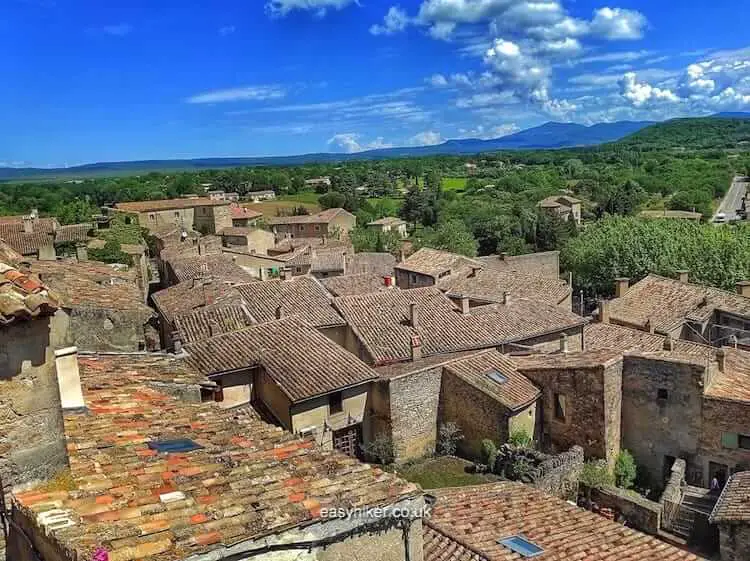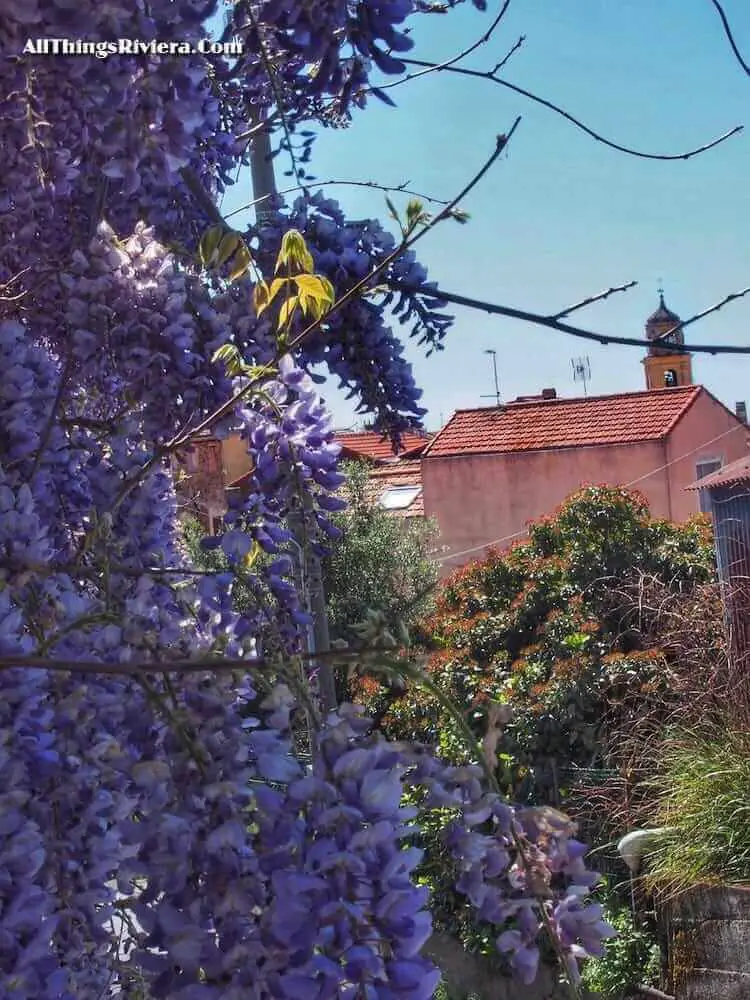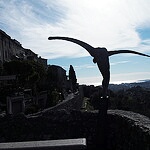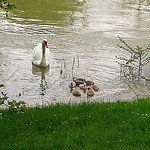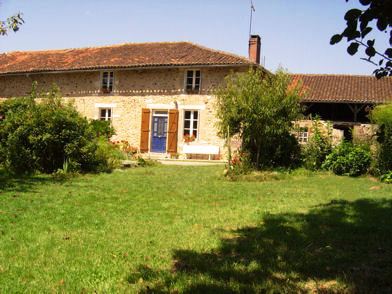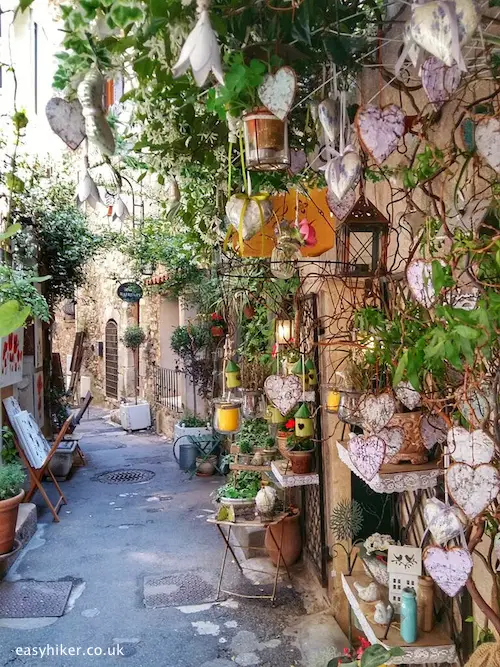Today and for the next couple of weeks, we are asking you to accompany us into one corner of France that has managed to preserve both its natural beauty and much of its original character: this is the land where the lush Rhone valley of the Drome departement – nominally part of the central region of Auvergne-Alpes – merges into the parched landscapes of southern France.
These borderlands, squeezed in between the left bank of the Rhone and the foothills of the Alps, share much with the neighbouring Provence in the south: you get the same vistas of rolling hills with the silhouettes of the High Alps in the background, the same combination of big-sky open views and densely clustered hilltop villages, the same scenery of vineyards and sun-bleached stone walls.

But there is one big difference: the Provencal borderlands in the north have not yet been overwhelmed by visitors. Over there, the towns are small, counting a few thousand inhabitants at most, and as a consequence, everybody appears to know everybody else: restaurants and shops everywhere resonate with the near-constant friendly chatter of people who appear to have just run into one another.
While just metres away from this busy bonhomie and conviviality, you can find yourself alone in a place of nearly spooky peace and tranquility where time appears to have stood still for at least one hundred years.

Explore A Magical Corner of Provence
The perfect base for an exploration of this area is the Enclave des Papes with its capital of Valreas – perfect because the Enclave is the melting pot par excellence for the different cultures of the French centre and the south, as it belongs to the Vaucluse department (the heart piece of the Provence) but is entirely surrounded by the lands of the Drome.
This administrative oddity goes back to the 1790s when not even the Jacobine architects of France’s post-revolutionary departmental structure dared to sever the area’s religio-cultural and economic ties with Avignon that had been established during the medieval residency of the papal court in southern France.
The Valreas of today is a lively provincial town, duly Provencal in character …
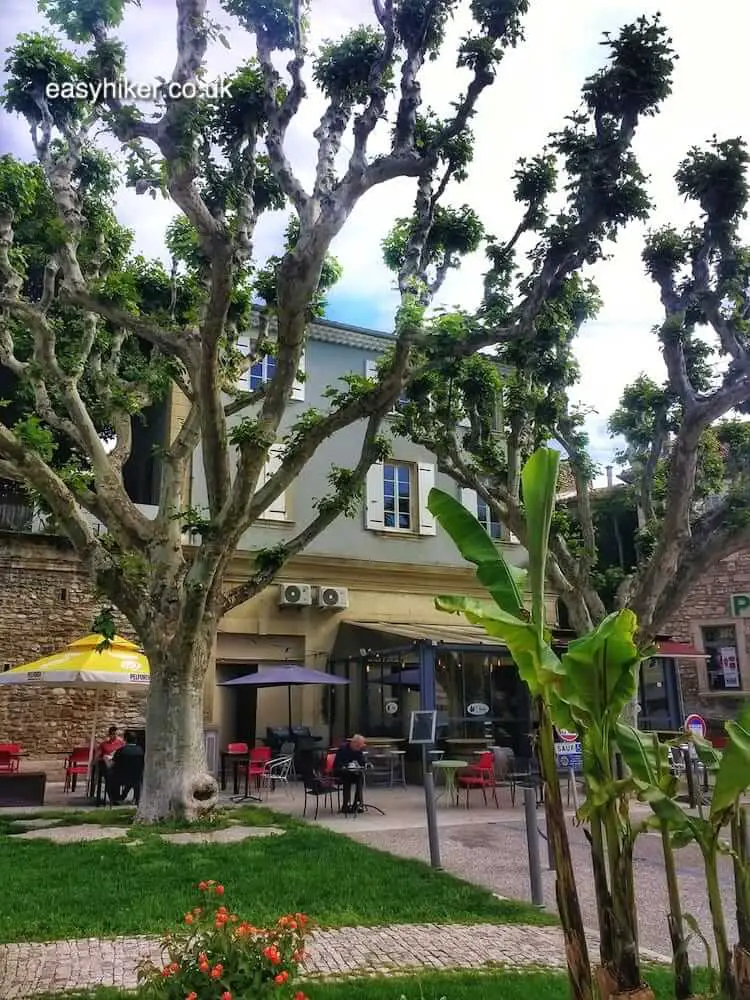
… with cobblestoned ancient streets that invite you to take a leisurely walk …
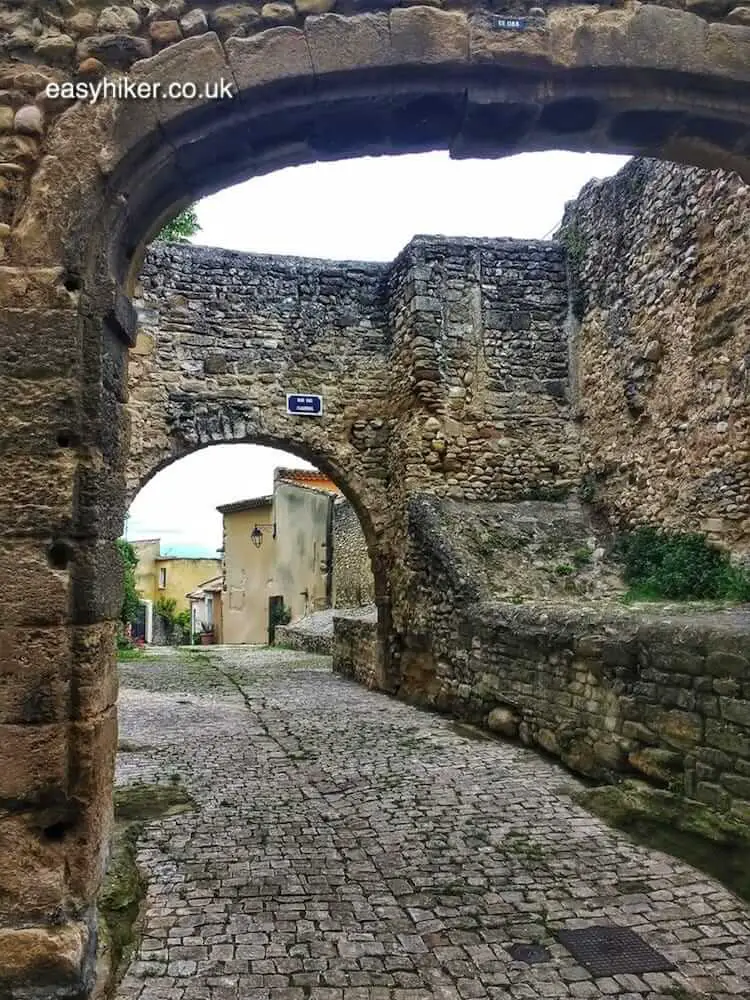
… and to discover little-known treasures such as the Chapelle des Penitents Blancs, which was built in the 16th century as an annex to the local town church.
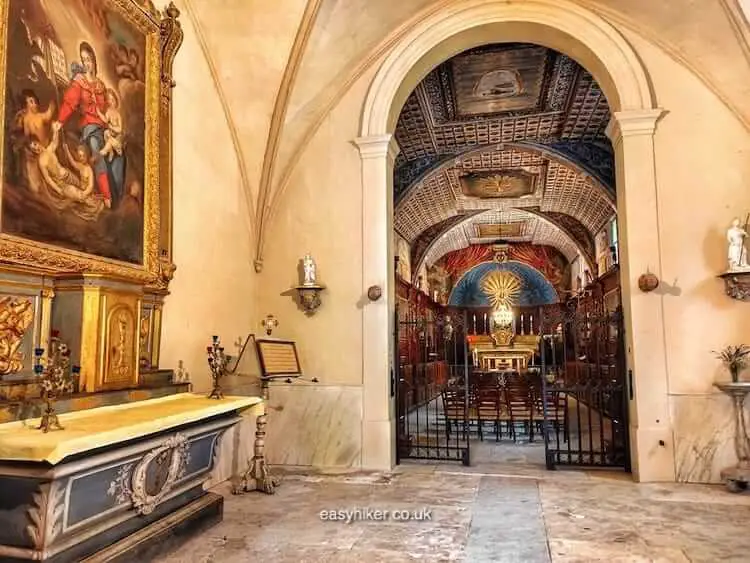
Valreas has good public transport connections by the standards of the region, with several buses a day leaving in the direction of both Montelimar and Orange. (Trains only circulate on the left bank of the Rhone, connecting Valence and Marseille.)
But there is no point beating about the bush: this is one part of France where you cannot rely on public transport if you want to fully benefit from everything the area has to offer. For this, you need a car of your own – or, if you are as lucky as we were, friends in the area who are willing to share their passion for and their knowledge about this magical corner of Provence with you. (Thank you, Marion and Jochen.)
The need for some wheels of your own can be well illustrated by a trip to the one destination that provides the perfect complement for Valreas in an introductory double-bill into the area.
The village of Le Poet-Laval, approx. 16 km to the north of Valreas, rounds off the hearty main course of the district capital with the sweetest of desserts. But the nearest bus stop – on the route of the D35 from Valreas to Montelimar – is located in Dieulefit, from where you have a 5-km-walk down a country road ahead of you, only the last few hundred metres of which will lift your spirits.

At first glance, the hilltop village of Le Poet, although located in the Drome, appears to be fairly representative for the rural architecture of the Provence. If you look more closely, however, you will notice the differences.
Many villages in the Provence are fortified, for example, but only a few of them with walls that are several meters thick.
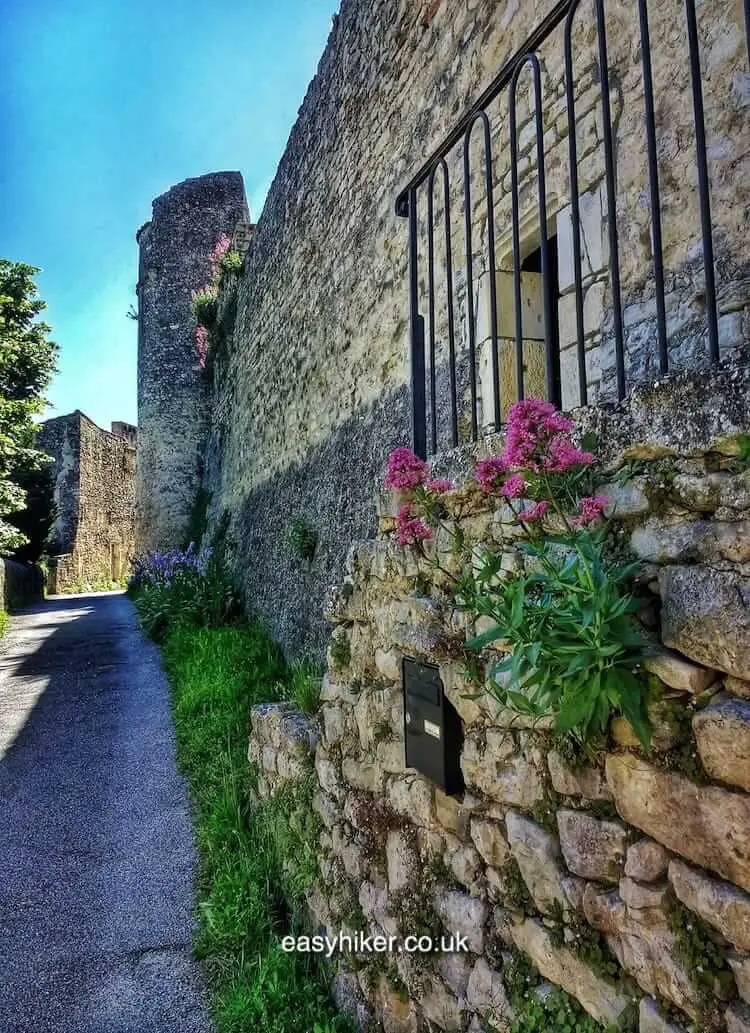
In fact, Le Poet was never an ordinary village and established in the 12th century as a stronghold of the Hospitaller Knights. Members of this order fought during the Crusades but also provided protection and medical care for pilgrims to the Holy Land.
At the heart of the modern village, the ruins of the ancient castle and its chapel still speak of a past long gone.
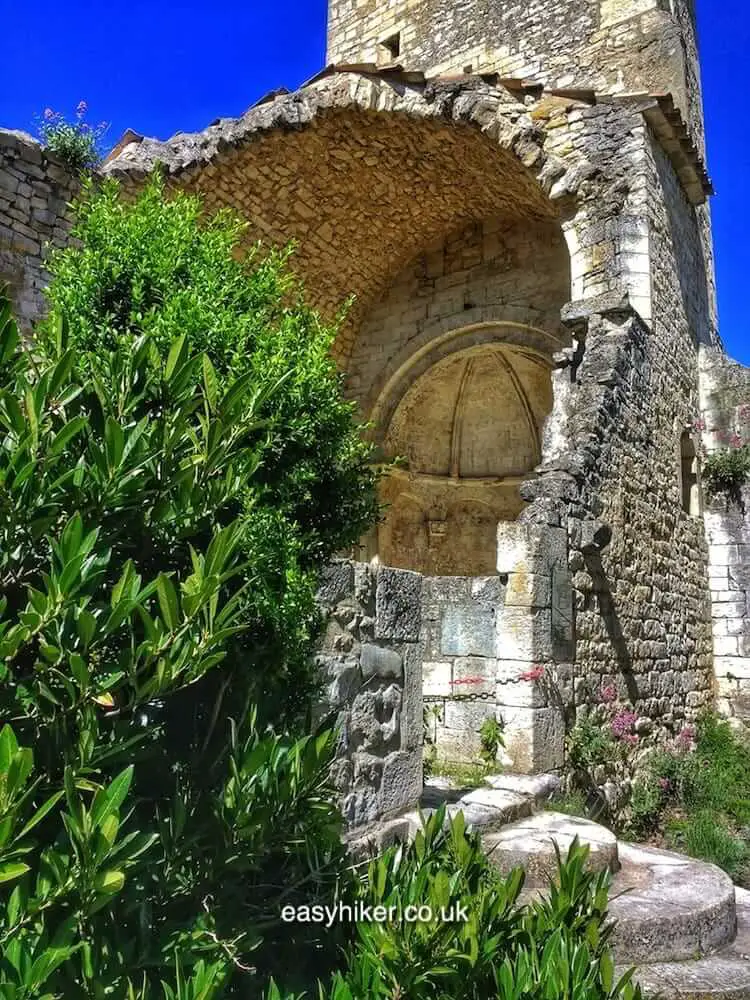
After the Reformation, both the order and their stronghold entered a slow decline, and in the 19th century, Le Poet had become a ghost village. It was only resurrected in 1925 through the efforts of an association called the Friends of Le Poet-Laval.
Today, the commune has a total population of almost 1,000 inhabitants …
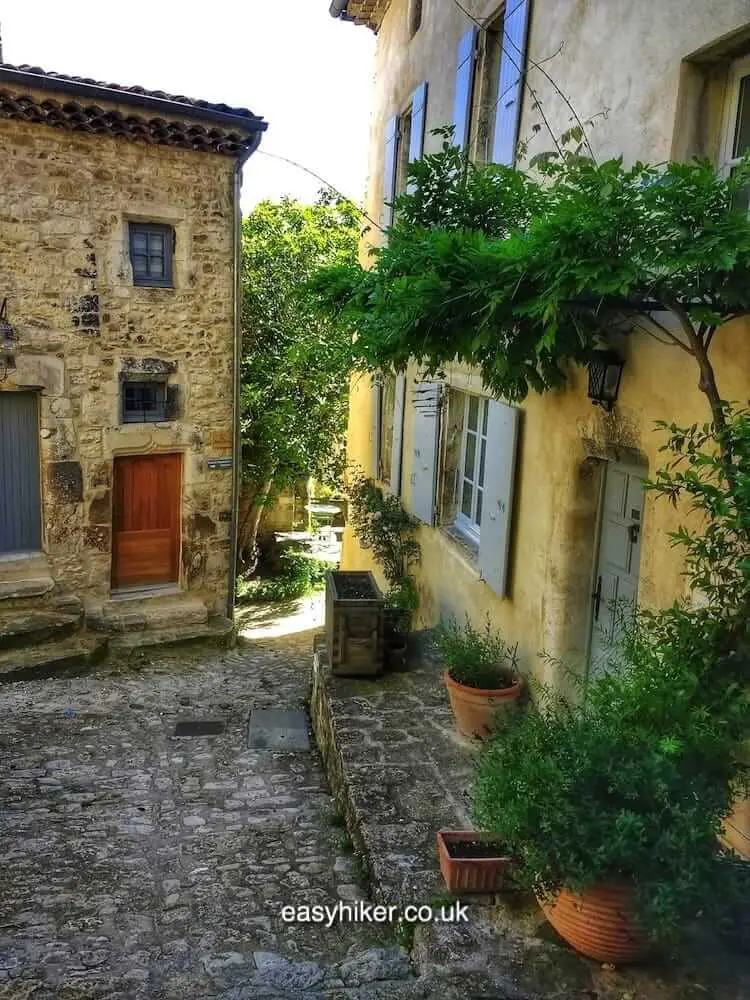
… although by far the most of these live in Gougne at the foot of the hill, a relatively modern village (it was founded in the 18th century) with a town hall, shops and schools.
Much like the role performed by Valreas for the county around it, Gougne does the hard and unglamorous work, while Le Poet bathes in the limelight as an award-winning tourist attraction with an official certification as one of the Most Beautiful Villages in France.
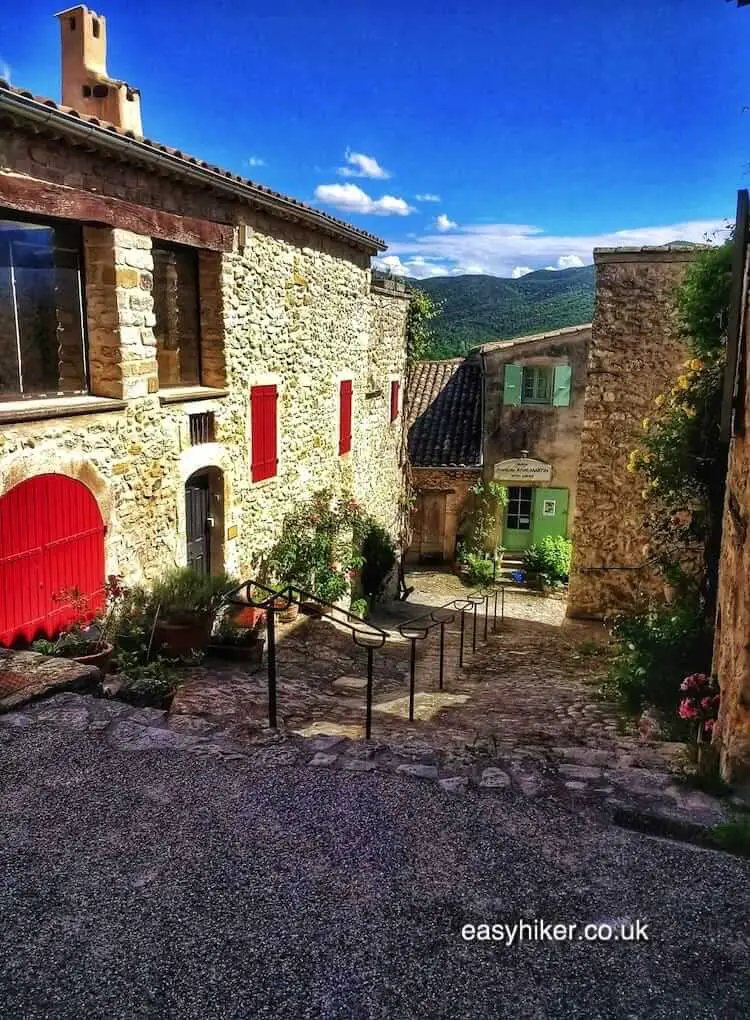
With so much beauty around, much of it carefully arranged (the Friends have done a magnificent job), it would be tempting to think that the name of the village had something to do with the art of creating meaningful and attractive patterns.
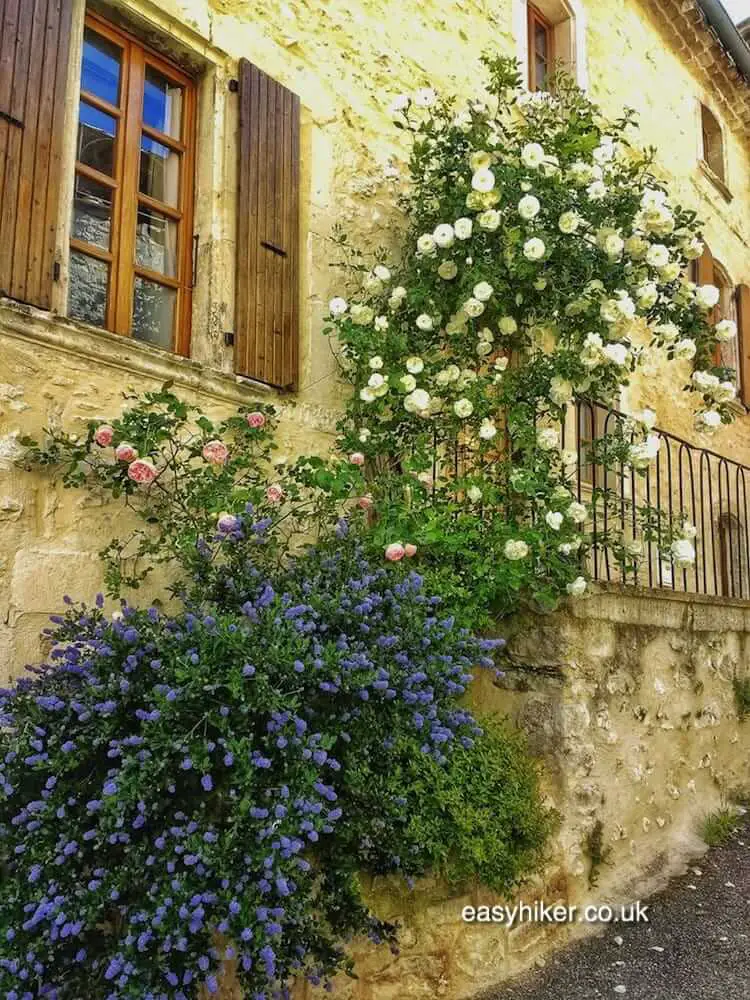
The name Le Poet, however, has nothing to do with poetry and is rooted in the Latin word for an elevation (podium) which has evolved into puy in standard French and poy or po in the local dialect. The diminutive suffix of et indicates that the hill in question is rather small and undistinguished. Which would have probably been a fair description before the medieval knights and the Association went to work.
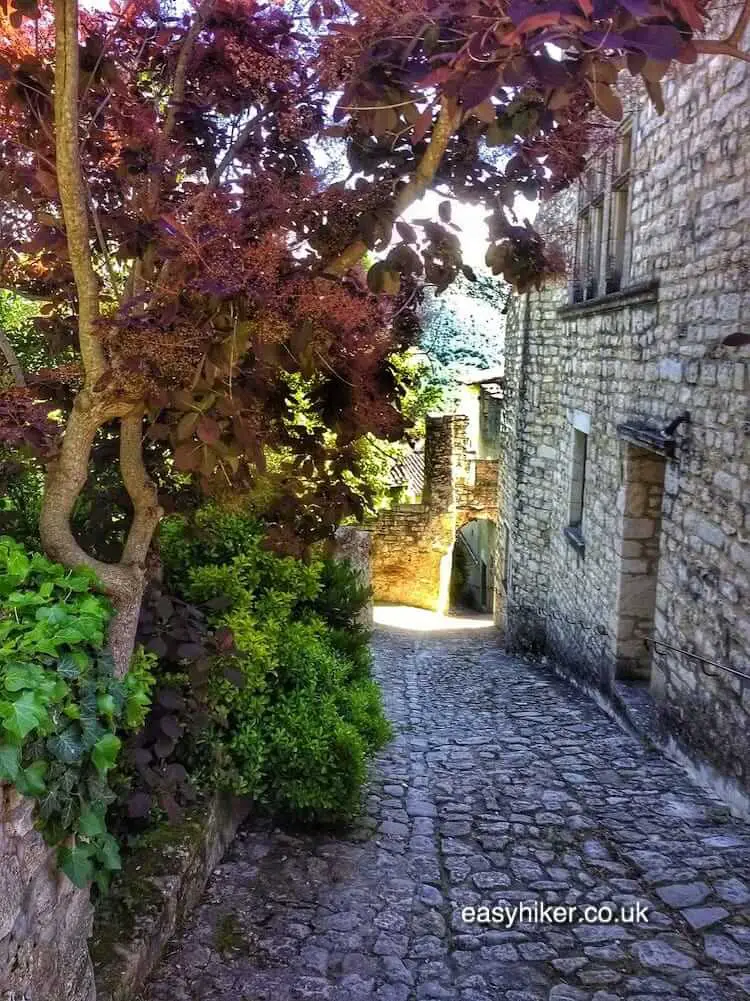
Join us next week for more visual poetry of Provençal colours and rhythms when we continue our exploration of the Enclave des Papes and the Drome Provençale.
